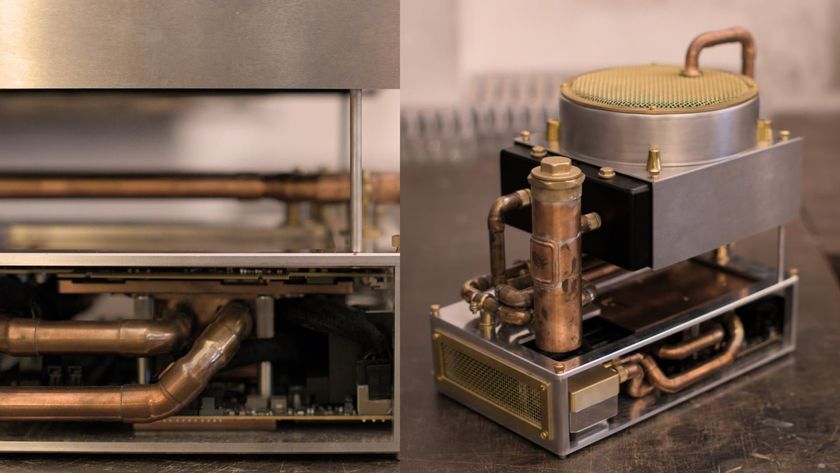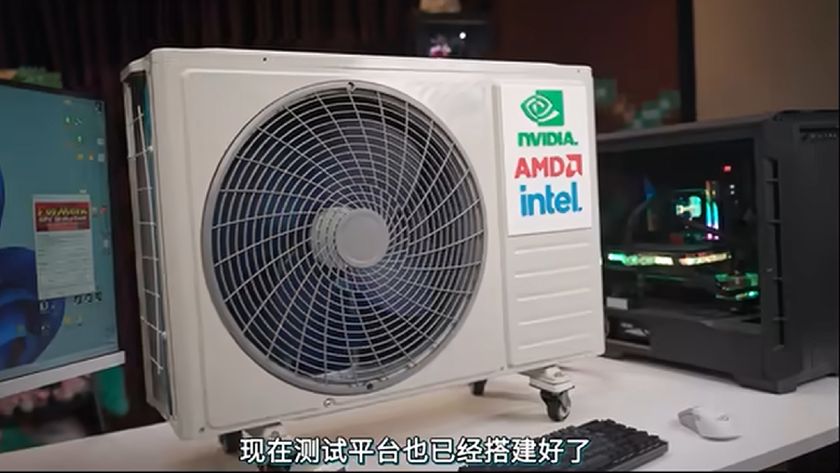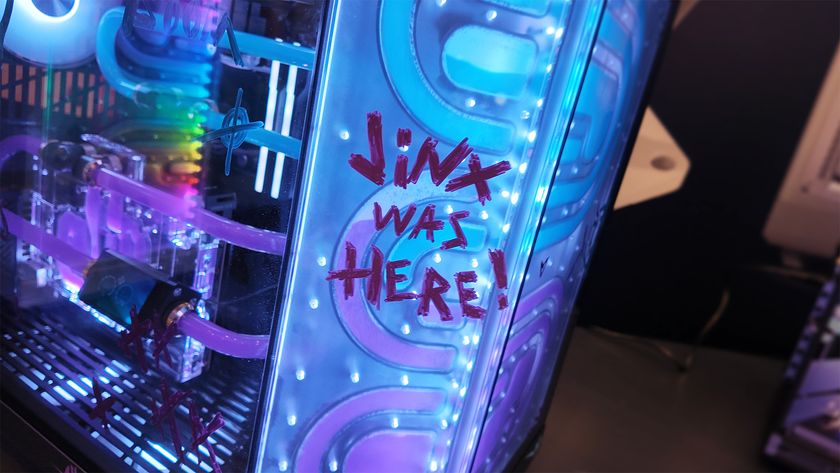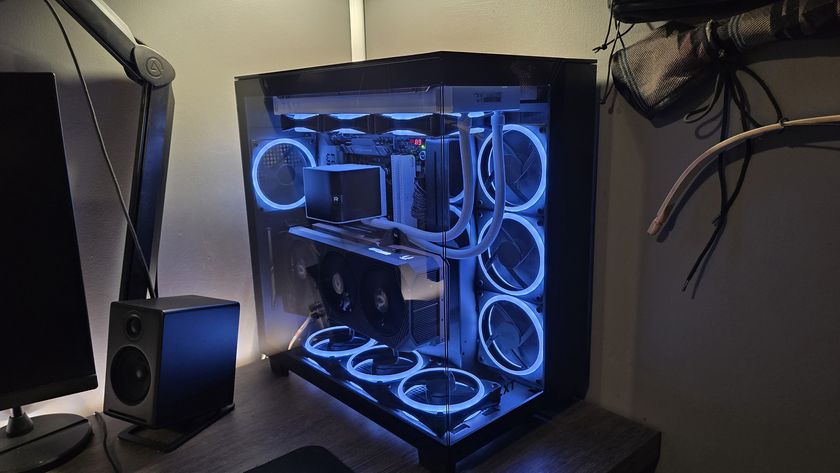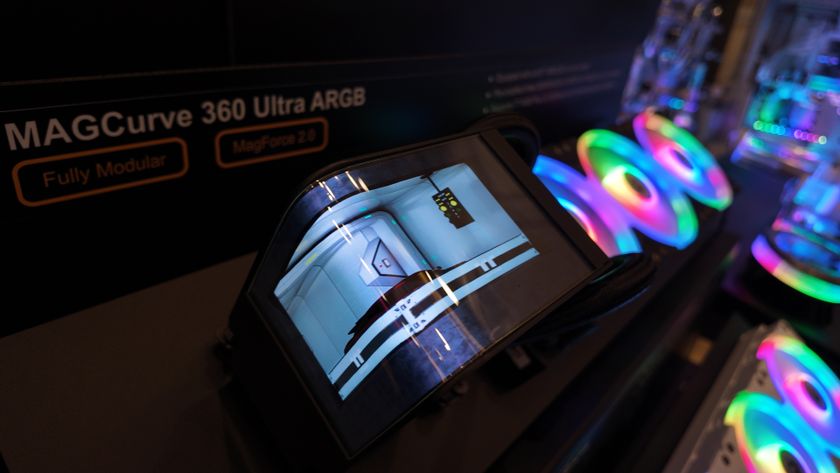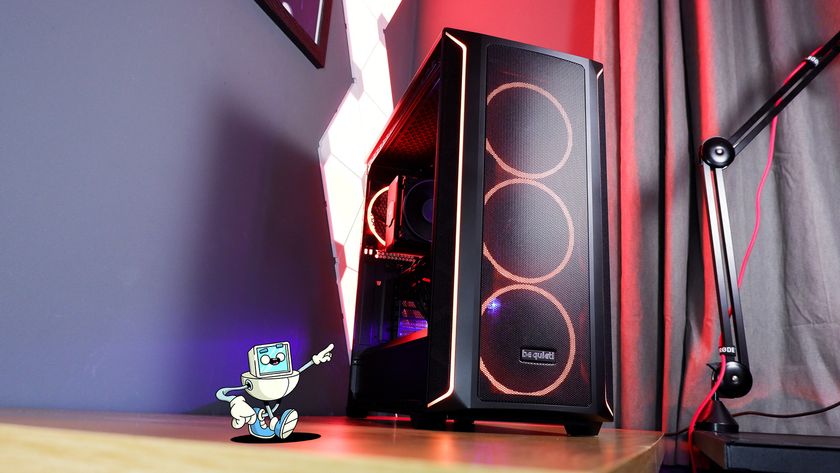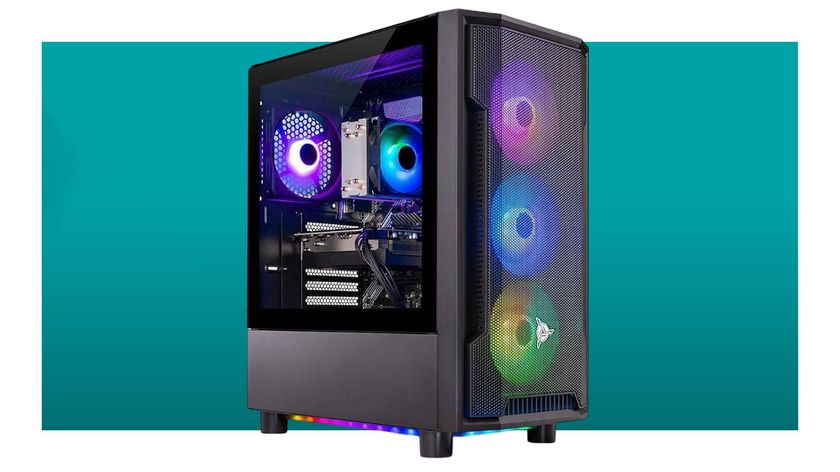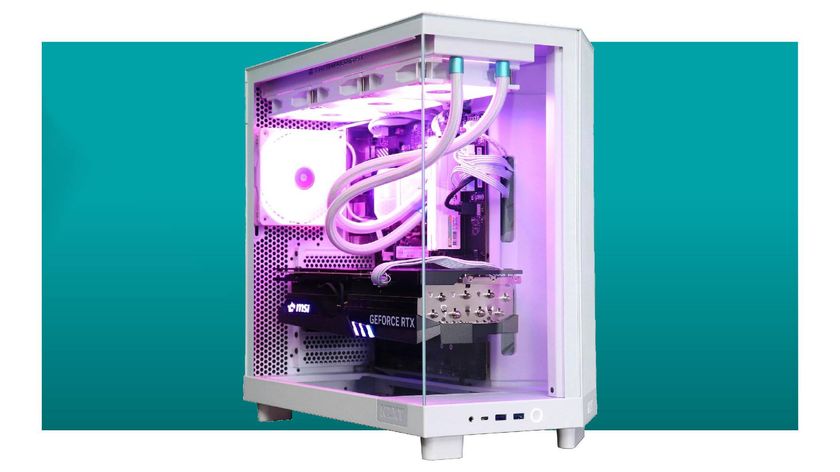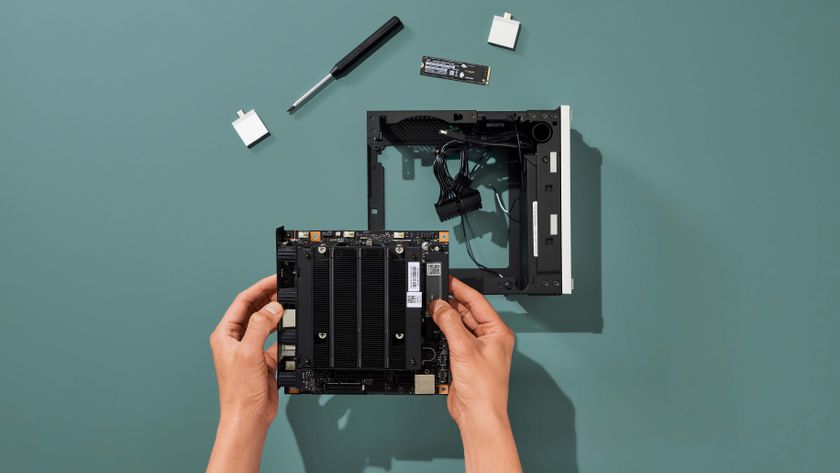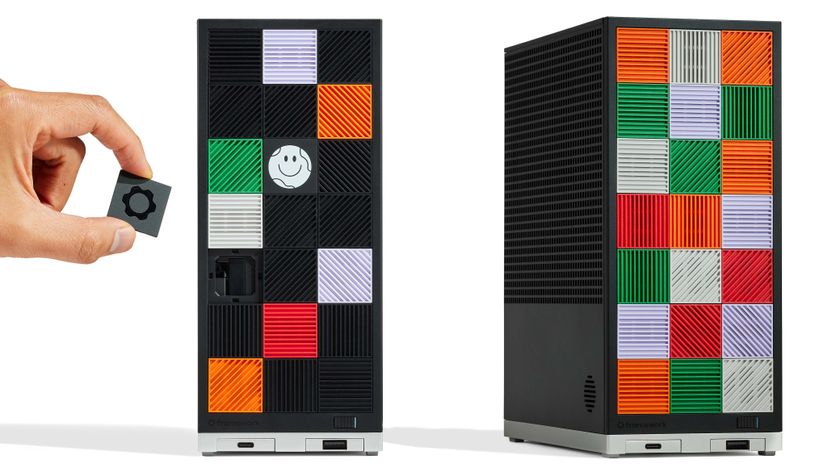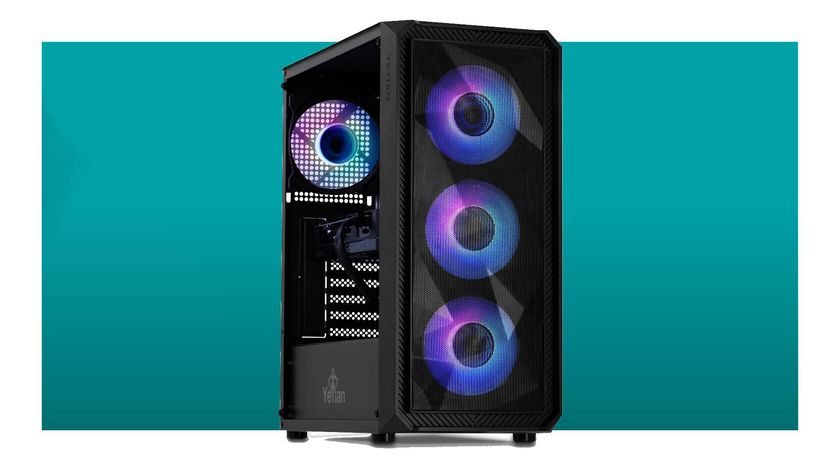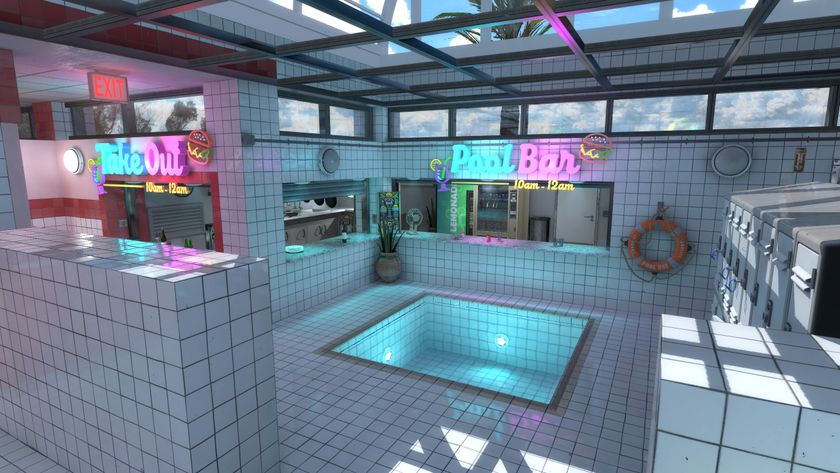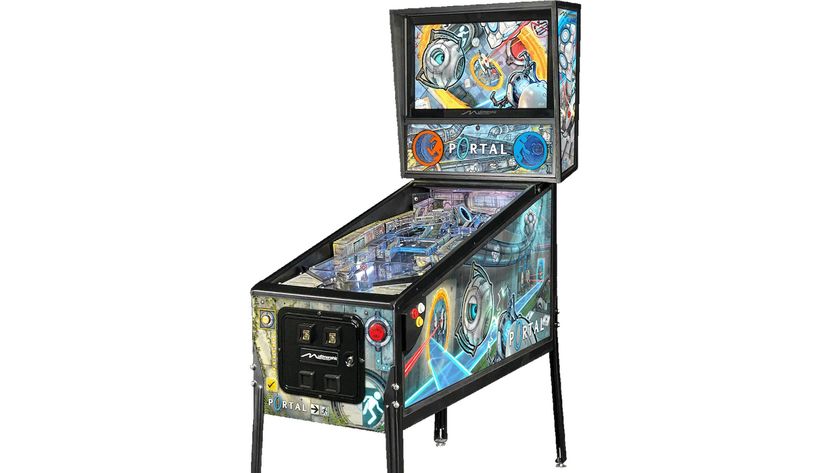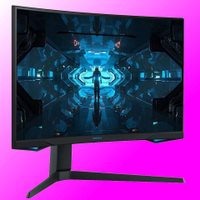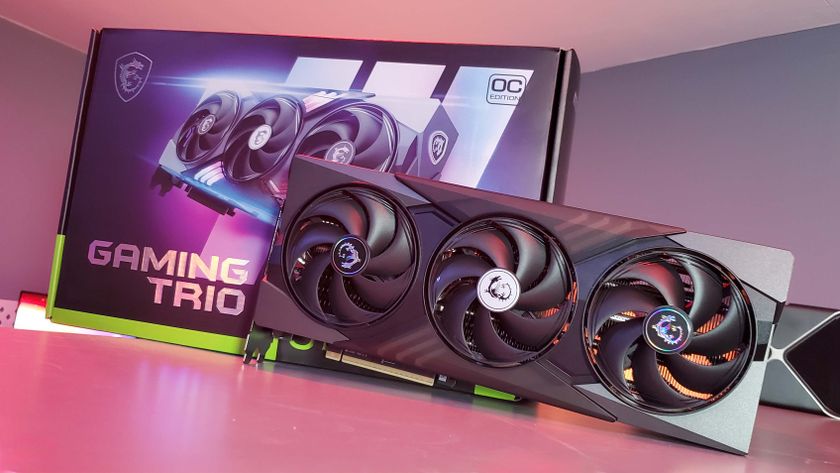This fluorescent gaming PC has 69 water blocks to keep it frosty
This custom cooled PC is one of my absolute favourites.
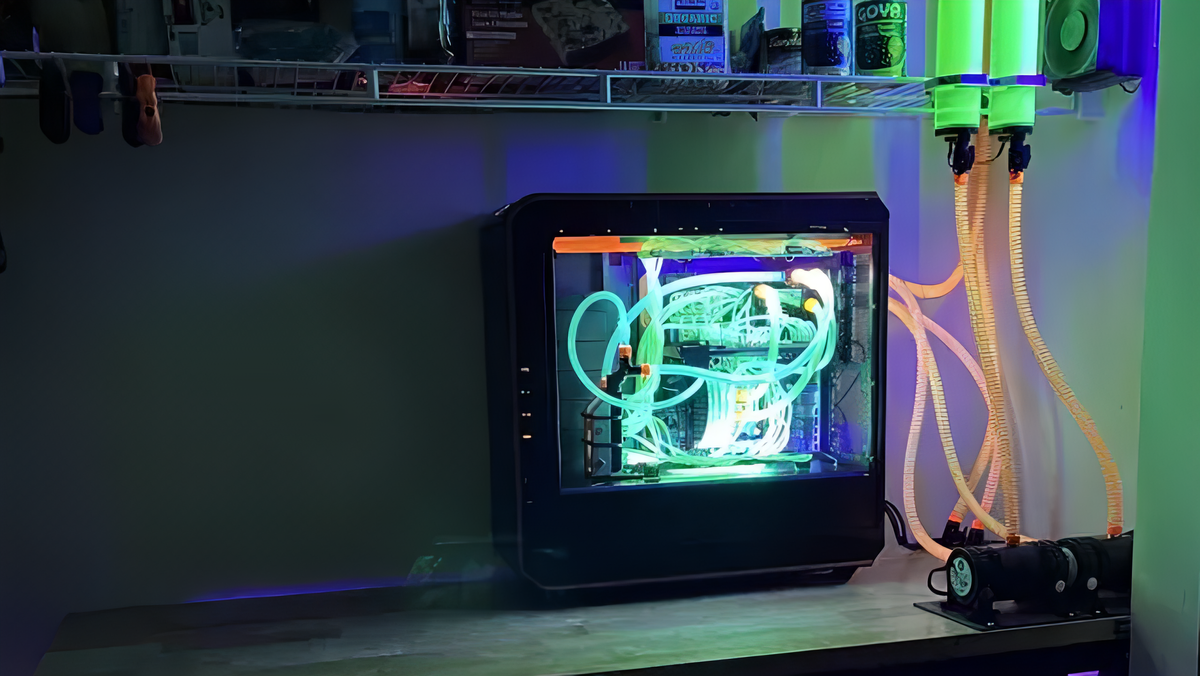
Here's a water-cooled gaming PC that will make you go "Ohh, wait, what? No way!" There's no denying that this gaming PC aglow in fluorescent UV light is absolutely gorgeous, but look closer and you'll notice almost every component—be it RAM stick, GDDR6 chip, motherboard chipset, VRM, and more—has its very own water block.
It's a build by Reddit user psychoOC, and it reportedly took two months of continuous work to put it all together. No doubt it's absolutely paid off. I see a lot of fancy gaming PCs in this line of work, but this one made me stop scrolling and gawk for a while.
The rig itself is an all-AMD machine with an AMD Radeon RX 7900 XTX and AMD Ryzen 7 7700X. There are four liquid-cooled RAM sticks running at 6000MT/s, and that's all plugged into an Asus ROG Strix B650E-E motherboard.
From earlier photos of the build in process, you can see just how much goes into cooling each discrete component. Take the GPU, an AMD Radeon RX 7900 XTX. Each memory chip and MOSFET has its own mini water block installed on it with an inlet and outlet tube to carry the cooling liquid over the component, which all terminate in the larger block over the GPU proper.
That larger block is actually an Optimus Intel CPU water block, modded to fit.
"I chose to go this route for max heat transfer as modern full cover GPU blocks do not use real micro fins, thick and spread out fins, which works, but modern hardware needs modern micro fins," psychoOC tells me. "Which is why I went with Optimus CPU water block, Intel mounting, which took a lot of dremeling to make it fit but the fin density is 5 times more dense than any full cover GPU block."
That CPU block has also been lapped and loaded with liquid metal.
The biggest gaming news, reviews and hardware deals
Keep up to date with the most important stories and the best deals, as picked by the PC Gamer team.
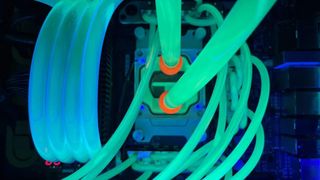
Each of the smaller blocks covering this build is of a brass/nickel design. PsychoOC tells me they'd rather have used copper, but copper minis weren't possible on this scale. I also imagine this PC would've skyrocketed in price had they found copper blocks to use, and PsychoOC already expects it cost them around $7,500. Though that's a ballpark figure.
The motherboard has been similarly drenched in cooling that coils off and wraps around the build. This was done to keep the AM5 platform cool while also offering the best headroom for overclocking the Ryzen 9 7950X3D, which isn't in the build just yet as it's only just been released (check out our Ryzen 9 7950X3D review for more on that).
But there's more to this PC than what's inside the case.
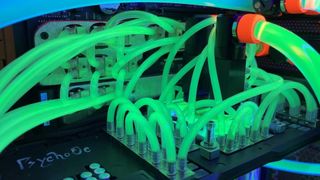
It's not just the minute detail in which it's being water-cooled but how this build spills out to the desk it sits on and the wall beside it that impresses me. The reservoirs are at the highest point in the system, mounted on the wall to the right of the build, and a couple of radiators look to be the lowest, with the pumps also pretty low down beneath the desk. That should mean gravity is on the build's side, but understandably it requires six discrete pumps to get the liquid flowing at a suitable rate.
Just look at this thing, it's something else.
Even the UV light bars are liquid cooled, which PsychoOC says is because they run at 10W and proper cooling will extend their lifespan—and also admittedly because it looks cool.







Images used with permission from u/psychoOC.
Here's the parts list for the extreme water-cooling:
- 69 water blocks
- 6 GTR radiators
- 100ft of tubing
- 2 gallons of liquid
- 6 D5 pumps
- 4 Phobya RAM coolers
- 7 Cooler Master UV orange fans from 2004
And what does all that water cooling get you? A practically wintry maximum GPU temp of around 26°C and a CPU temp of just 40.5°C—during a run of Time Spy Extreme. That's more or less what some user's rigs will idle at. Extremely impressive.
Best gaming monitor: Pixel-perfect panels
Best high refresh rate monitor: Screaming quick
Best 4K monitor for gaming: High-res only
Best 4K TV for gaming: Big-screen 4K PC gaming

Jacob earned his first byline writing for his own tech blog. From there, he graduated to professionally breaking things as hardware writer at PCGamesN, and would go on to run the team as hardware editor. He joined PC Gamer's top staff as senior hardware editor before becoming managing editor of the hardware team, and you'll now find him reporting on the latest developments in the technology and gaming industries and testing the newest PC components.
